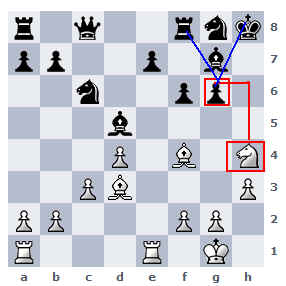Spatial Reasoning- How A Deficient Writer Copes
I struggle to visualize characters interacting inside of a space. There, I said it!
My spatial reasoning is poor. Given a description of a set of objects, and a change to apply to one or more of those objects, I usually can’t tell you the end result off the top of my head. I must draw or act things out to arrive at the answer.
In my college programming courses, I filled notebooks with sketches of arrays and registers, and how they changed with each method call. I drew every bit shift, concatenation, and sort. I was a mutant in this regard- Paper? In a Computer Science classroom?– but I maintained an A average. No regrets.
 Imagine this, repeated upon hundreds of pages.
Imagine this, repeated upon hundreds of pages.
As a writer, poor spatial reasoning bites me in the ass any time the action becomes more complicated than a few characters standing around, talking with each other. In fact, many of my scenes start out that way in the first draft, because dialogue is what comes to me easiest. Unfortunately, a whole book of people standing around talking is boring. After their words are down, I go back and flavor them with action…
…action I can’t picture inside my own head. Every heavy action scene makes me cringe, because I just know I’ll confuse people about how large the room is; or I’ll have Character A swipe at Character B, whom he has no business reaching with a normal human arm span…
*deep breath*
Sketching out the action is super-helpful here. Stick figures are fine- or, heck, break out some RPG miniatures, tokens, and graph paper.
 This helps you understand why you can’t have 17 ogres blocking The Doomcave’s exit.
This helps you understand why you can’t have 17 ogres blocking The Doomcave’s exit.
That’ll win you the general placement. For more refined maneuvers, like wielding a weapon or grappling, act them out in a mirror or on a good friend. Seriously. You’d think you could totally grip a knife a certain way and make a certain cut, until you try it yourself and realize the human wrist isn’t so generous.
Now, if you’re dealing with alien or fantasy characters, you have more leeway- and less you can act out in the real world. Drawings are more important for these situations.
Also, remember: the characters aren’t acting in vacuum, but in a space with its own “character.” Hence, they should also be interacting with that space too. If a character falls to the ground, what might they fall on? Is there anything nearby they might think to use as a crutch, disguise, explosive, etc.? Keep descriptions of the environment close at hand- you’ll immerse the reader in the scene, and create more interesting action.
Once you see it, time to write it! What helps me- as much as I hate doing it- is explaining every detail as excruciatingly as possible. Oftentimes I think I’ve described a complex maneuver sufficiently, only for my beta-readers to unite in one great cry of “Wha??” Throw in as much as you can bring yourself to describe, then cut back later (if needed). Several drafts are normal for action-heavy scenes!
Do you have issues with visualization? Leave me a comment and let me know how you cope!
